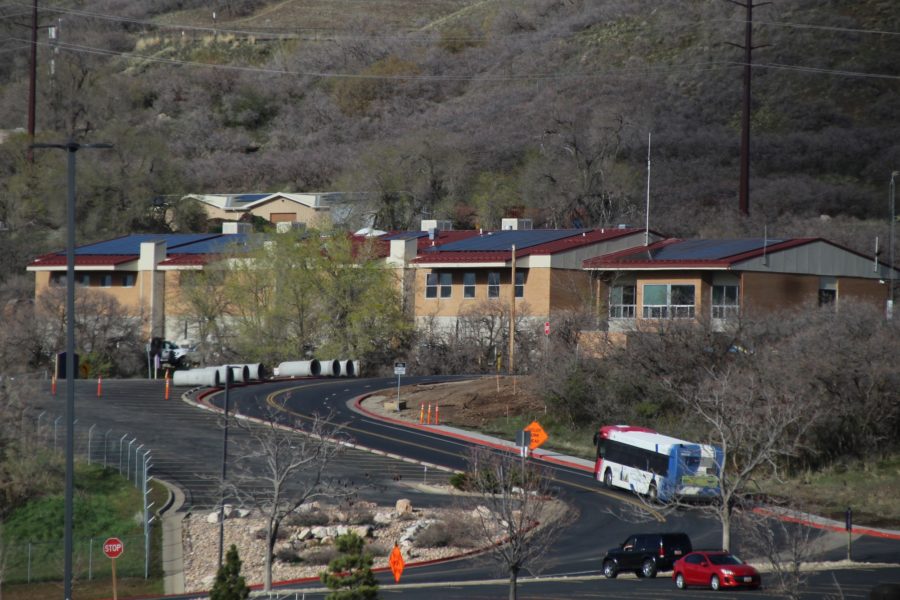If you’ve been looking for snow in Utah, it’s been harder to find since 1995.

Dr. Marek Matyjasik, professor of environmental geosciences at WSU, explains that it is normal to have snow fluctuation. However, from 1950 to 1995, the inches of snowfall increased, but that is no longer the case.
From 1950 to 1995, the Earth’s temperature either stayed the same or grew colder. Since 1995, the Earth’s temperature has increased, and Matyjasik stated that it is probable for this trend to continue due to global warming, but it is hard to predict.
According to the Utah Avalanche Center’s Alta Guard Snowfall Chart, in Nov. 1994 to April 1995, there was a total of 745.4 inches of snowfall. From Nov. 2018 to April 2019, there were only 475 inches.
Matyjasik explained that there is not a simple explanation for the decrease of snow. Climate change alters the rate of precipitation and the kind of precipitation.
During winter, more rain is falling than snow. The United States Environmental Protection Agency points out that less than 80% of the stations throughout the lower 48 states received a smaller percentage of precipitation in the form of snow.
Consequently, snowy winters are not as snowy as they used to be and dry winters have less snow than before.
Carbon dioxide is another factor since it is causing the Earth to become hotter. Matyjasik points out that If we keep producing carbon dioxide, which stays 25 years on Earth from the moment it was produced, snowfall will continue to decline.
Another pair of factors are El Nino and La Nina, which are changes in the Pacific Ocean surface temperature that affect the weather at a global level. El Nino is the warm phase and La Nina is the cold phase.
When the El Nino phase is present there is more precipitation, and there is less when La Nina is present in California and Southern Utah.
Matyjasik explained it is not easy to predict if the snowfall decline will continue and that it is normal to have some fluctuations.




















